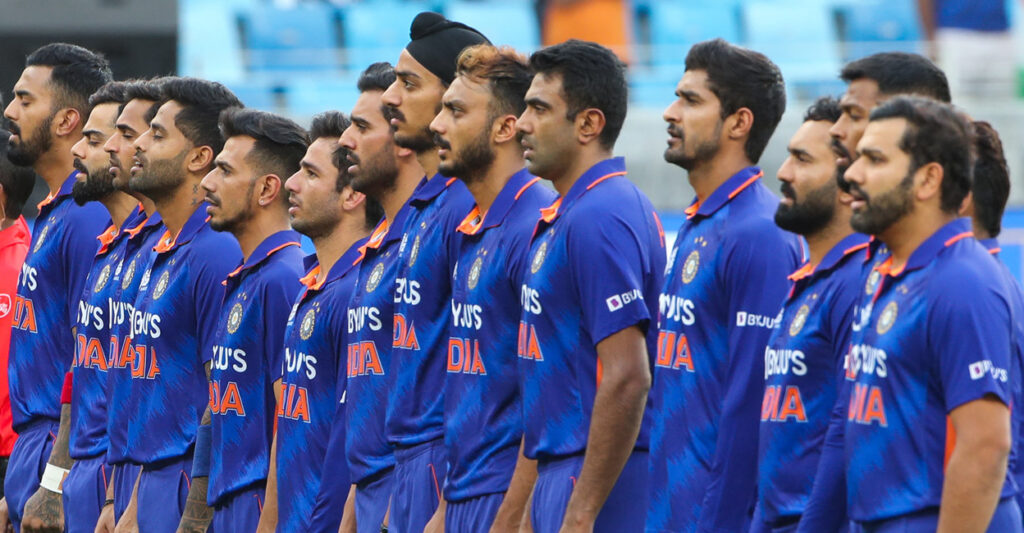Rishabh Pant takes against Dinesh Karthik in this matchup.
In white-ball cricket, Pant is at his very best when he is allowed to start the innings without having to worry about anything in the Skyexch world. This is true regardless of whether or not anybody likes it. Even though he didn’t have many huge runs, he showed a lot of desire. Karthik, who is 37 years old and had been considered semi-retired, entered the mix as soon as the position became a middle-order spot.
On the subcontinental surfaces where he plays in the Indian Premier League (IPL), the job of a designated finisher, with a target of 25 to 30 off 10 balls, is a nice challenge for him. However, the minute the ball bounced a little more than usual and jagged about, he was found lacking.
The “Karthik experimentation” was scrapped all of a sudden, one match before the semifinals, and the team management looked at Pant as a possible left-handed option.
Why, since Karthik had spent the previous four months expressly preparing for this competition, did the team decide to swap to Pant and provide the reason of a tactical change? His faith in the legitimacy of the situation as a whole suffered a significant hit as a result.
The only reason this was done was to make room for Rahul at the top.
Not employing Yuzvendra Chahal
Yuzvendra Chahal is India’s all-time leader in Twenty20 International wickets taken, although he hasn’t been in a single Twenty20 World Cup match since he was left off the team in one iteration and left on the bench in the other.
Chahal, who is capable of turning his leg breaks and bowling a fantastic googly, was not used against the English batting line-up, despite the fact that he had favorable match-ups against those batters.
Instead, they favored Axar Patel, who turned out to be unsatisfactory.
Cannon fodder for batsmen, his wicket-to-wicket bowling on true wickets with even bounce made it difficult for them to score runs. He was being whacked out of the park for amusement by either Iftikhar Ahmed or Alex Hales. Neither of them cared who it was. He participated in five games, and in most of them he was unable to fulfill his quota, resulting in an average of 8.62 runs scored for each over he bowled.
Because he seldom had a good hit, the argument that he should be moved about in the batting order did not hold water. Because of this, the issue arises as to why Chahal would want a cushion in the form of a lesser batter, such as Harshal Patel, in order to protect himself. How could a bowler accomplish that job if the top five specialized bats in the lineup aren’t able to put up the stats they need?
The preeminence of Adil Rashid is a good example of this.
Dravid’s ability to make decisions
Within the last year, Dravid has solidly established himself in the role of head coach, but the time has come for him to deconstruct the existing model and establish a new one.
Batters like Shubman Gill, Prithvi Shaw, Rahul Tripathi, and Rajat Patidar have shown enormous potential and need to be developed with two years to spare before the next Twenty20 World Cup.
In a same vein, it looked a little bit inconsistent to replace Avesh Khan in the Sky Exchange Asia Cup because of a few poor end overs. While Rahul was given a large number of opportunities to succeed, all it took for Avesh to be eliminated was a few poor performances.
After two poor performances in the Asia Cup, it was determined that Harshal Patel needed to be brought in as a replacement for Avesh. However, his situation was so dire that he wasn’t even considered for any of the games after he had taken Avesh’s place.
Although Dravid has to make some difficult decisions, he hasn’t shaken things up much in the last year. In the future, does he plan to continue doing that? Keep an eye out for this void here.
Read More: click

